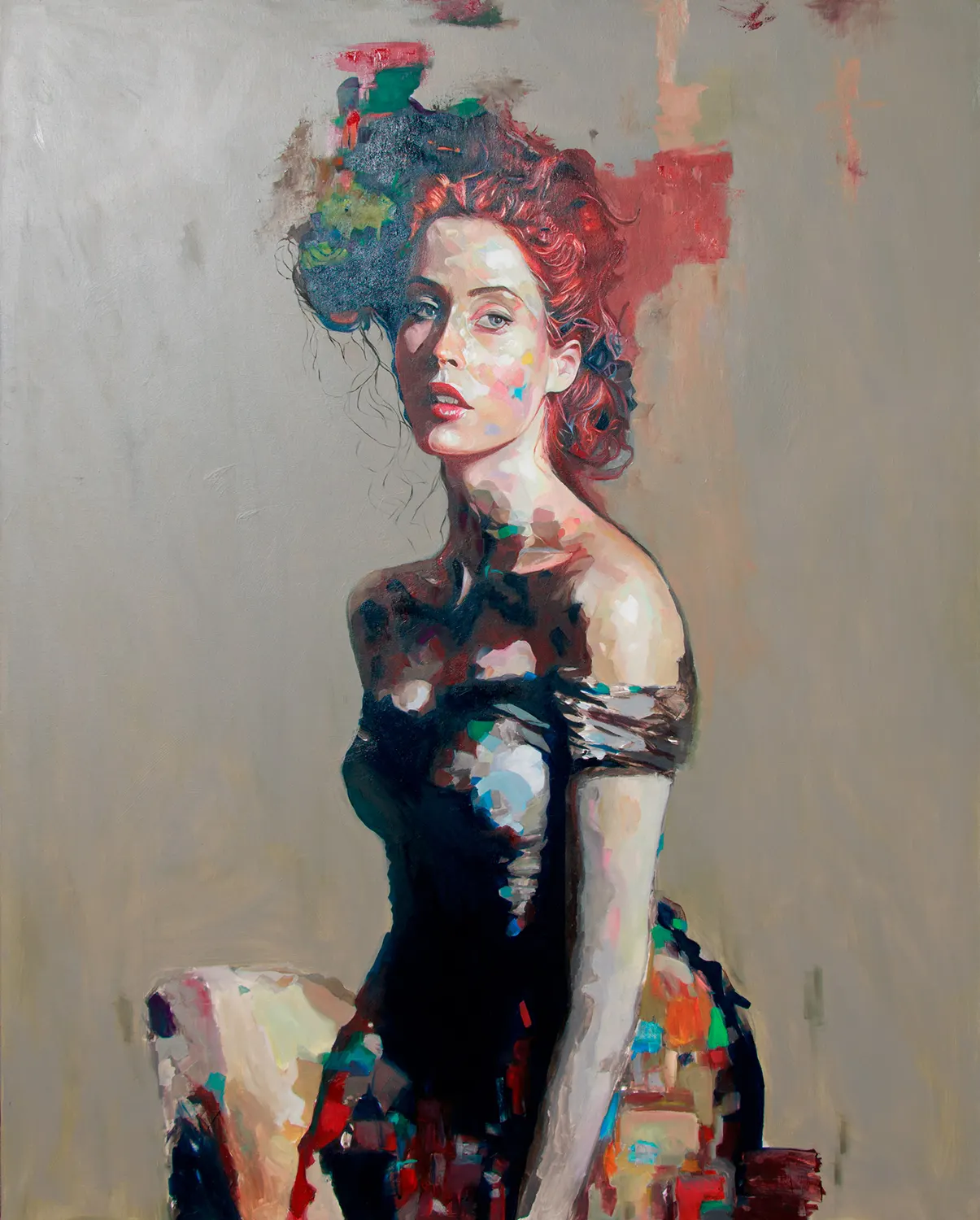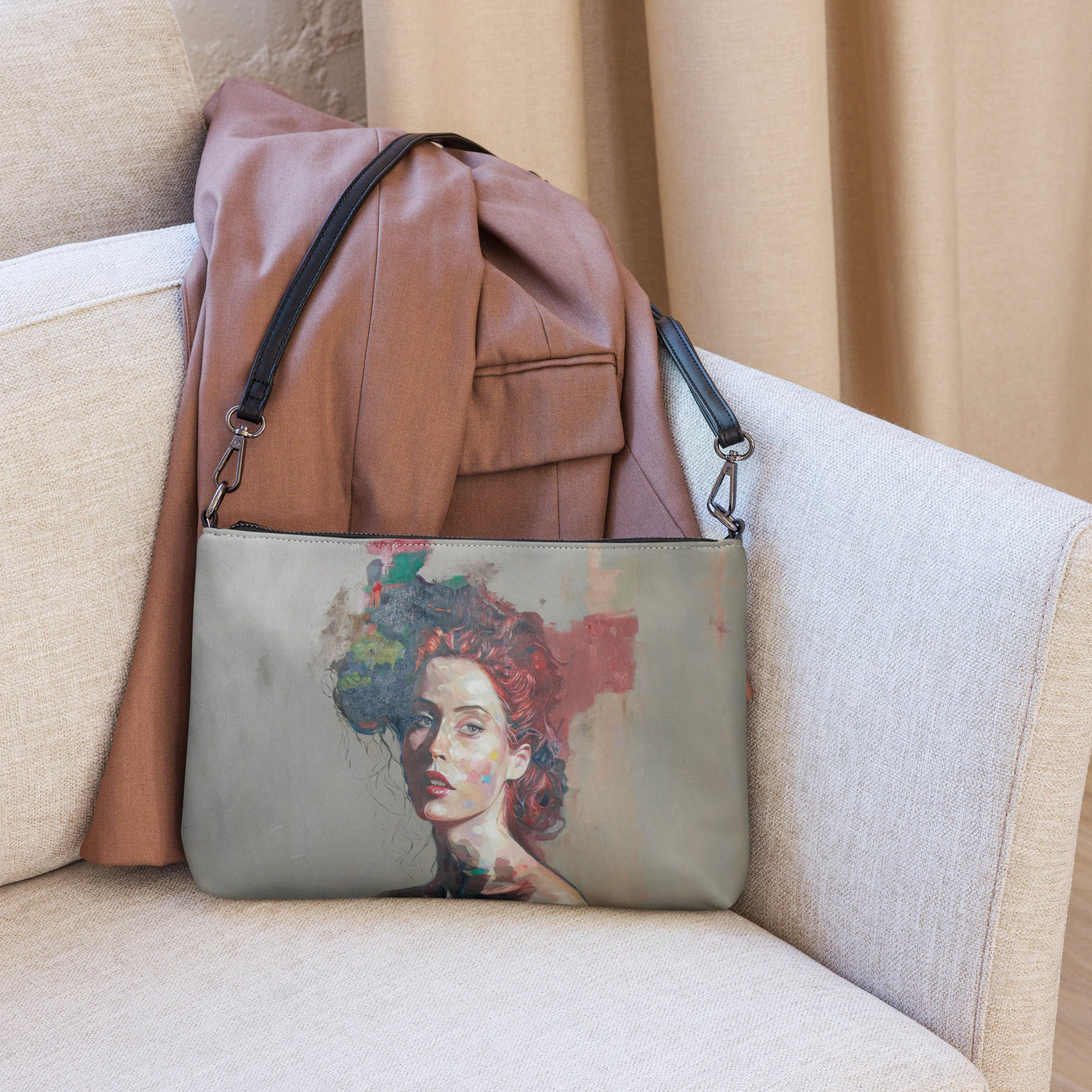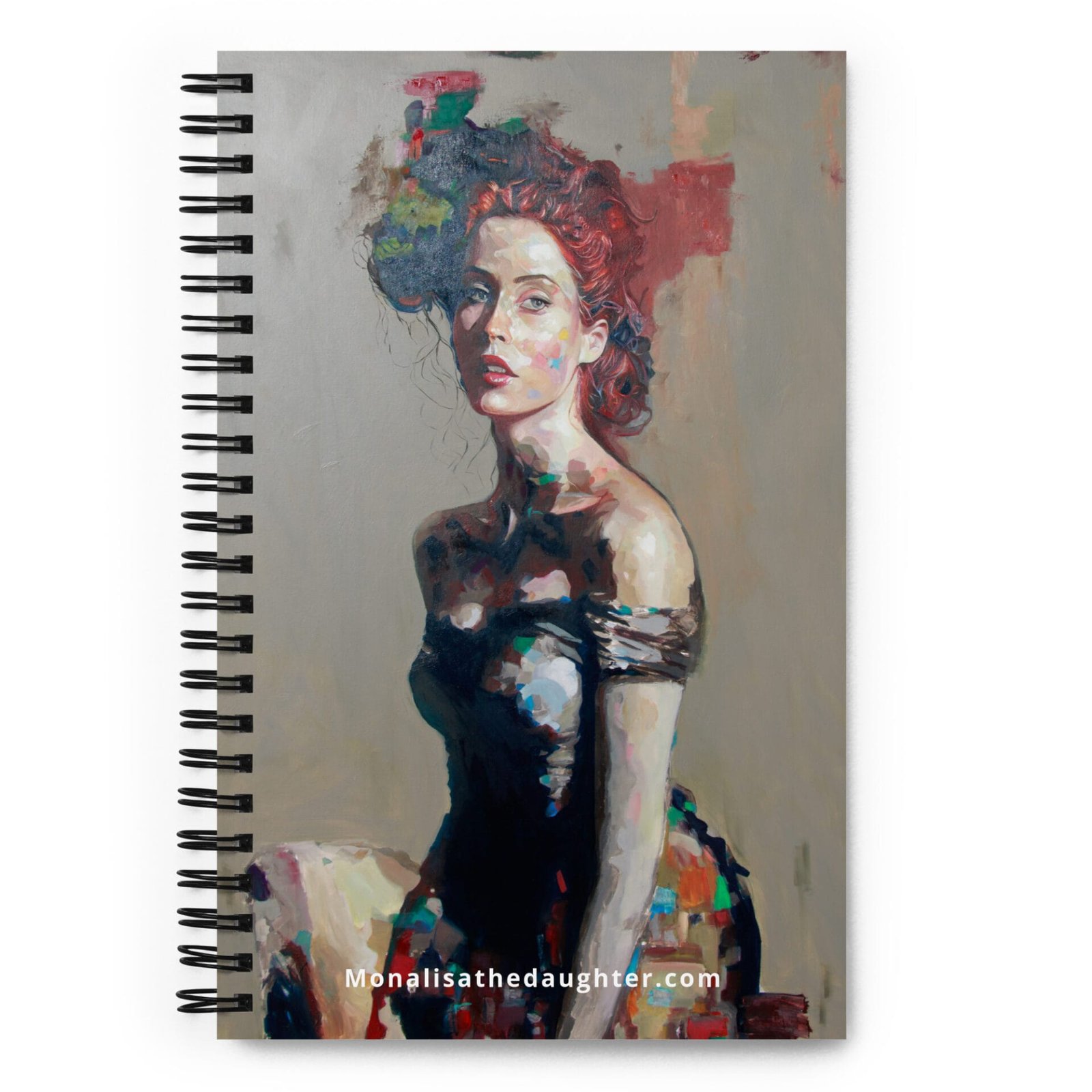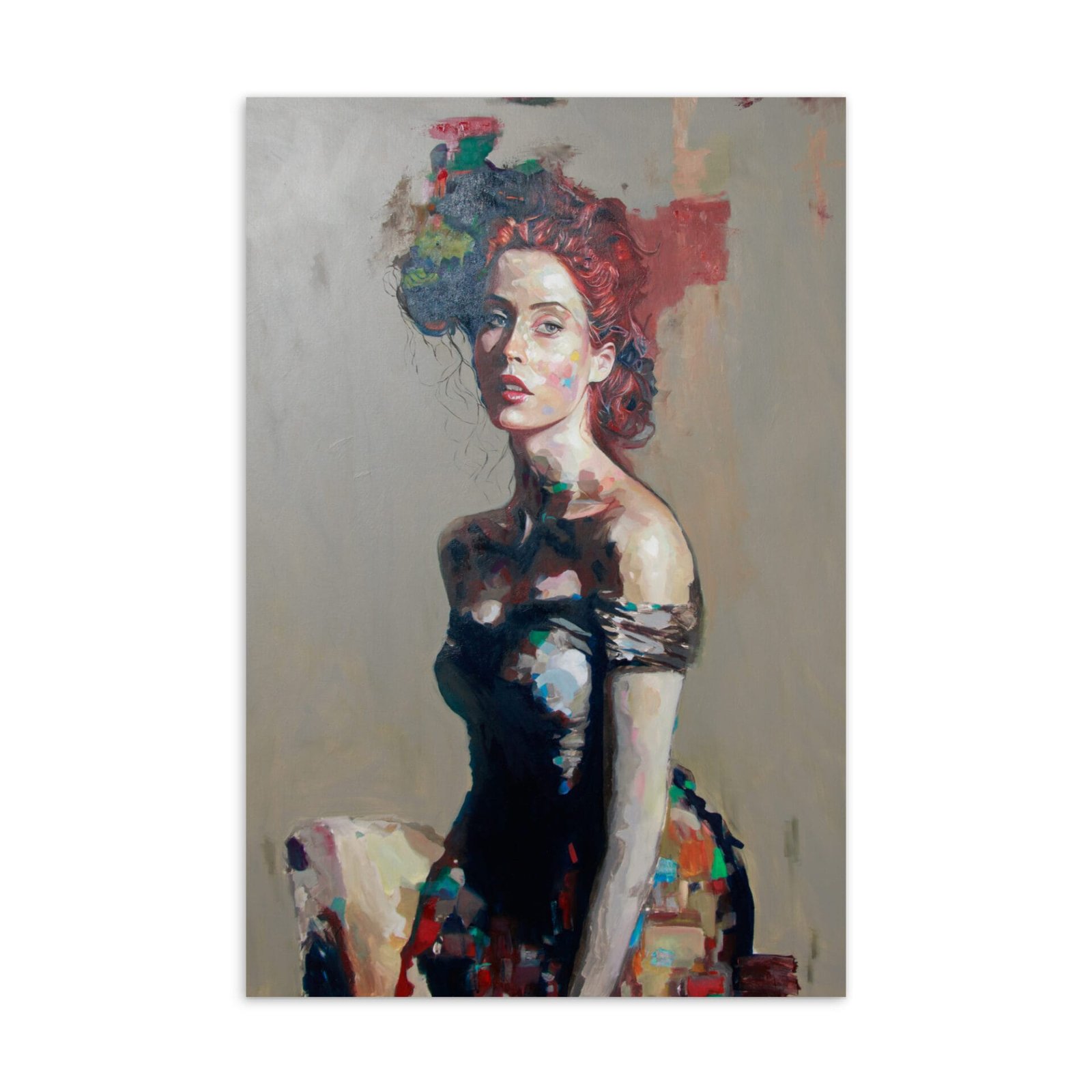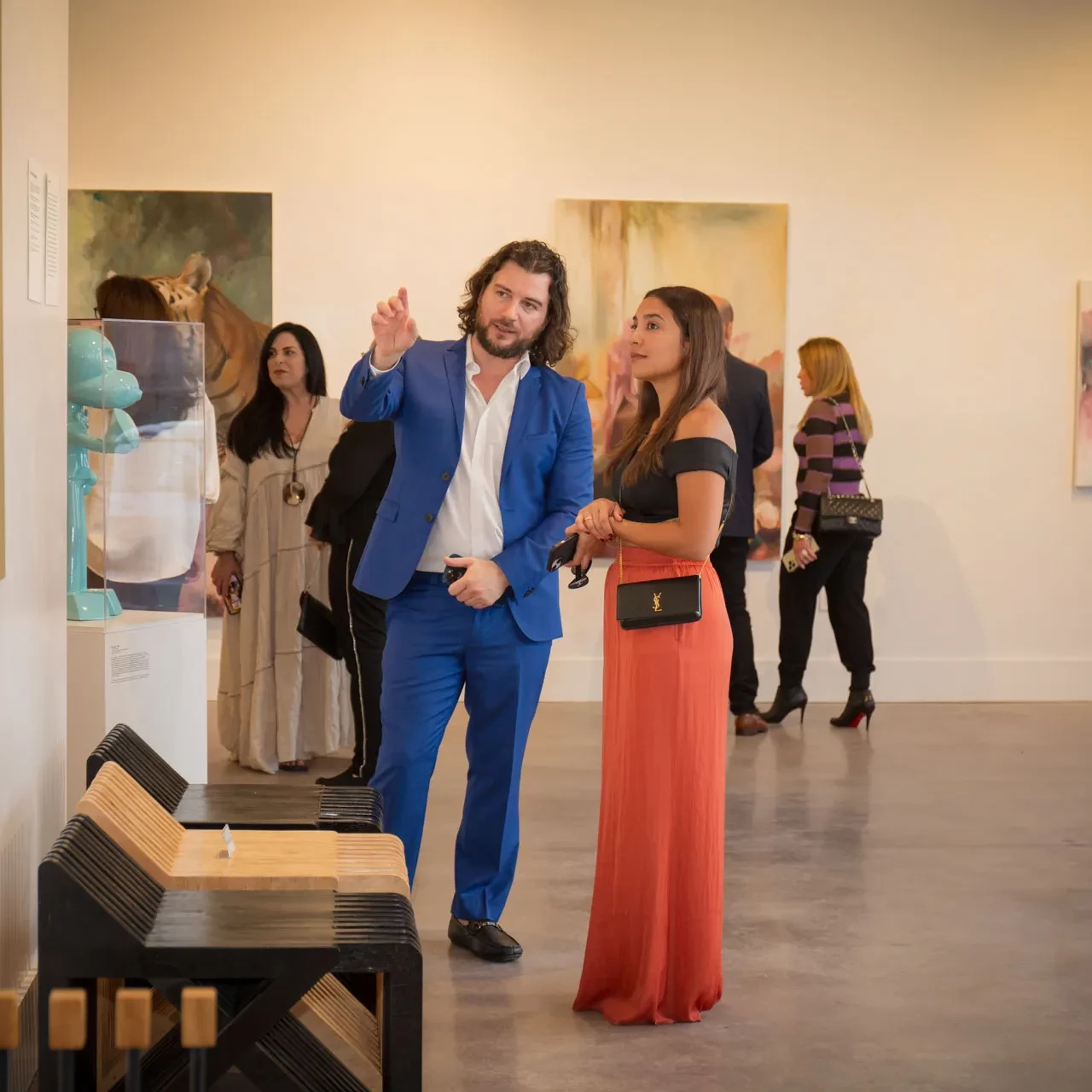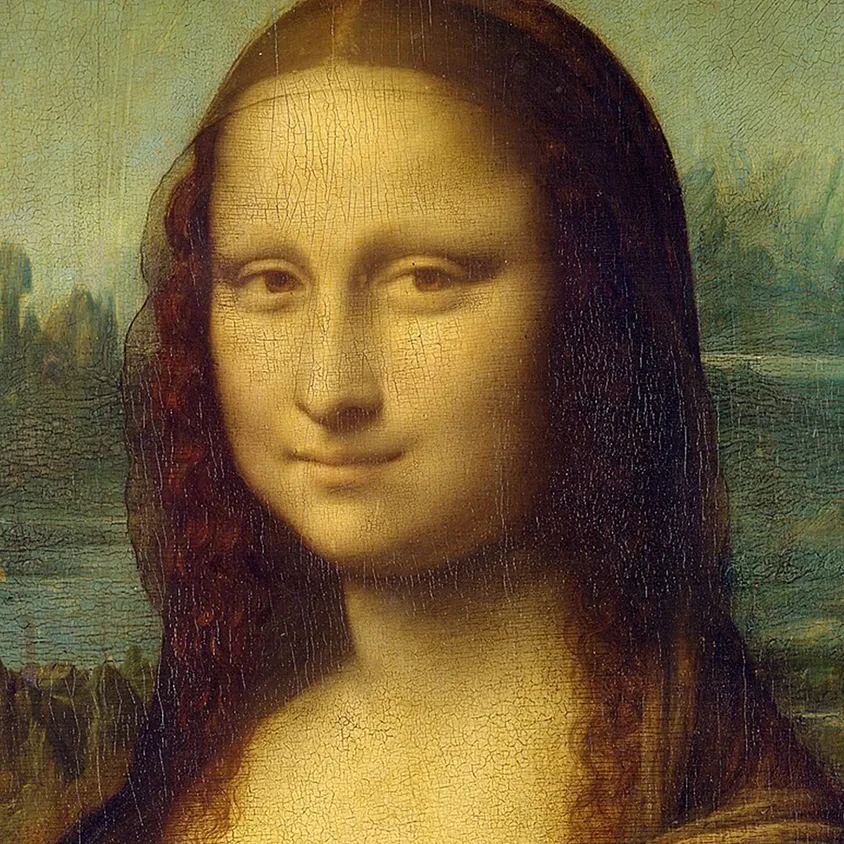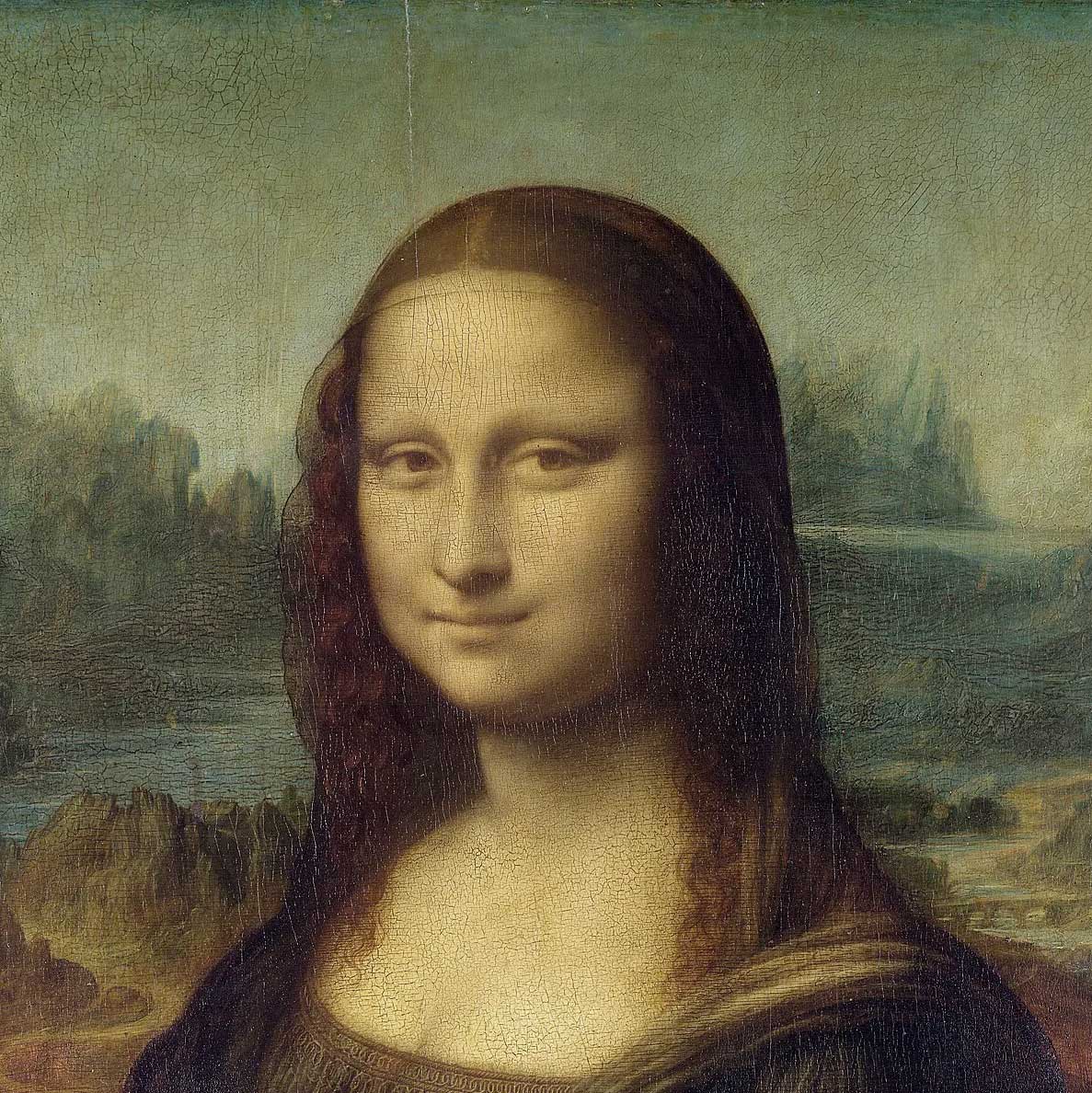On a brisk April day, the enthusiasm and excitement of Times Square were combined with an exceptional artistic event. Among tourists and the vivid chaos of New York, Alex Righetto’s career was marked by the debut of his latest masterwork, “Mona Lisa’s Daughter.“
This bold painting, which depicts Mona Lisa’s lost daughter, appeared on one of the square’s largest billboards, attracting thousands of viewers.
“Seeing my work there, in one of the world’s most iconic places, was a dream come true,” confesses Righetto. “There was magic in the air, and I felt like I was sharing something very personal with the entire world.”
– Alex Righetto
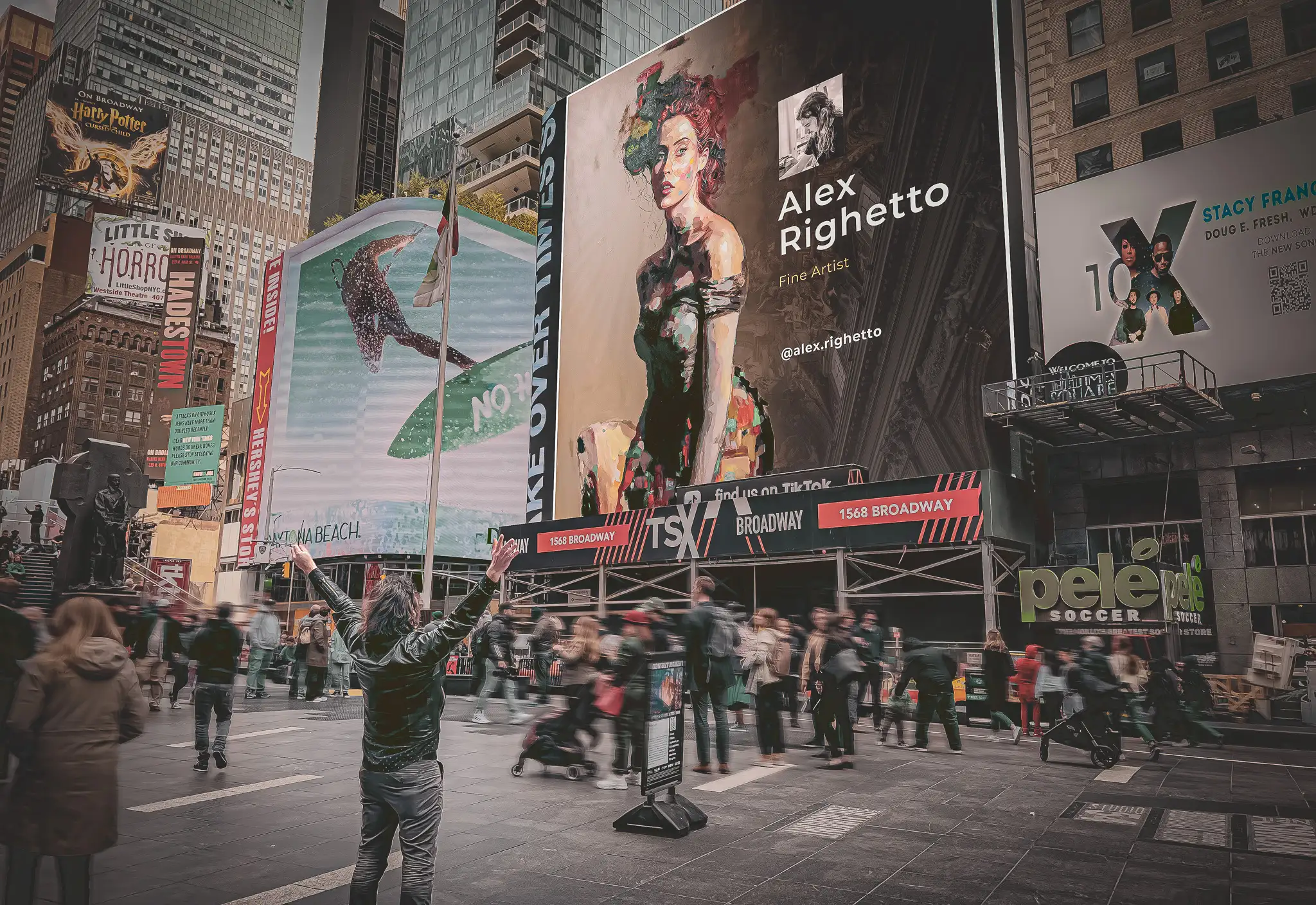
“Mona Lisa’s Daughter” is a large oil on canvas piece, measuring 59×39 inches.
Righetto spent years secretly working on this canvas, employing a painting technique that blends classical Renaissance elements with modern touches, creating a visual effect that is both ancient and contemporary.
The work reflects on the themes of the life cycle and death, represented through the symbolism of Yin and Yang, capturing the fragility and strength of the human condition.
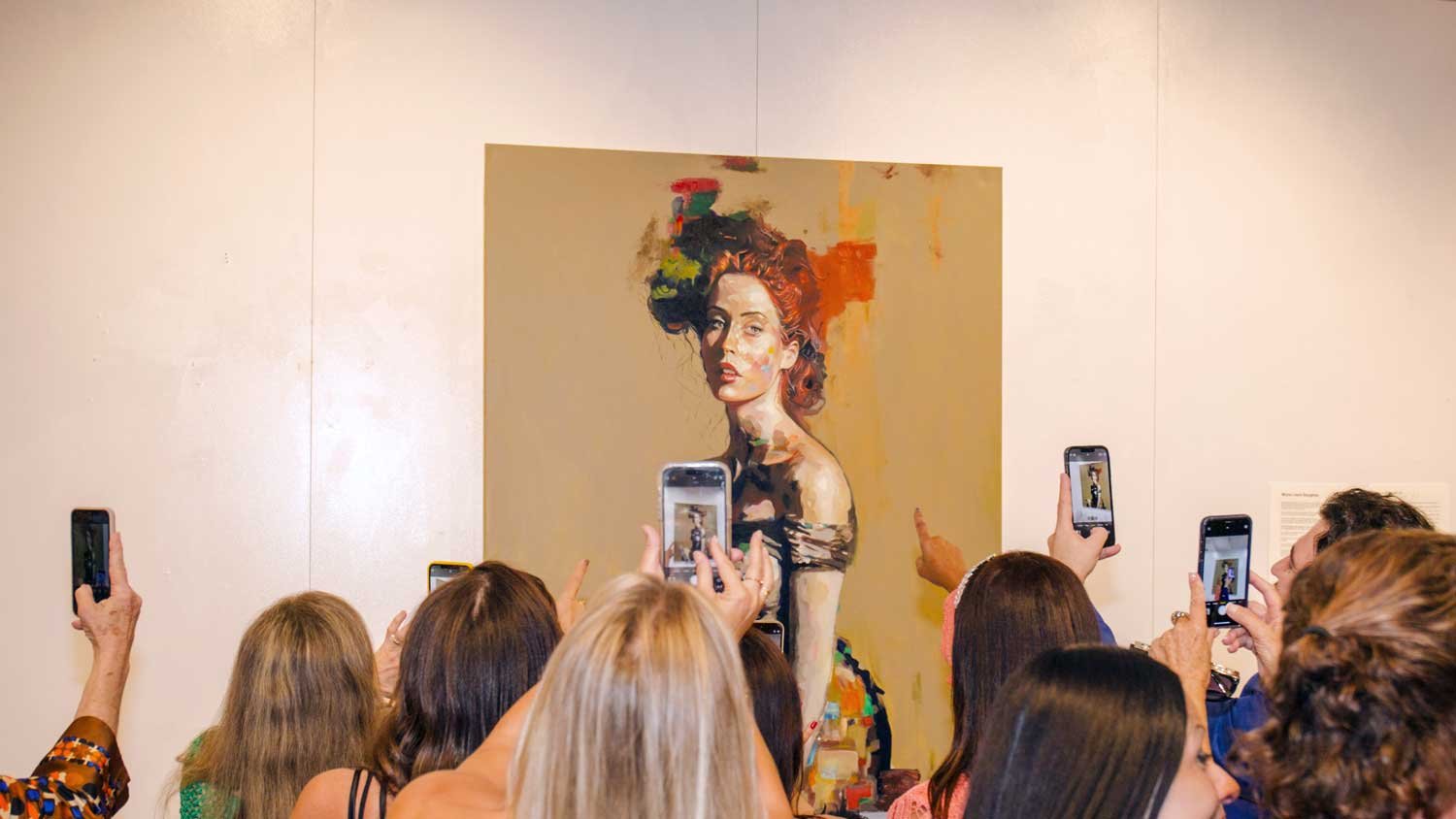
After its debut in Times Square, the painting was transferred to Miami for a solo exhibition, where it continued to garner admiration and provoke discussion. “The public’s reaction was extraordinary. It’s clear that ‘Mona Lisa’s Daughter’ has touched many people,” says Righetto.
The inspiration for the work came during a deep research phase when Righetto discovered that Lisa Gherardini, the woman portrayed by Leonardo da Vinci as Mona Lisa, had lost a daughter at birth. “This discovery struck me deeply and pushed me to reflect on the un-lived life of that girl,” explains the artist.
Artist’s Words:
“This painting, along with others, arises from the idea of exploring one of the best art periods ever, the Renaissance. The discovery that Lisa Gherardini had a stillborn daughter inspired me to represent the daughter as if she were still alive. It’s a work that is both a tribute to human transience and a powerful symbol of life and death.”
Despite numerous purchase offers, Righetto decided not to sell the painting. “I’m not ready to part with that work. It’s more than just a painting to me; it represents a deep emotional bond,” he confides.
Interview with the artist:
Q: What was the initial inspiration for “Mona Lisa’s Daughter”?
A: “The inspiration came while I was looking for a new way to explore Renaissance themes in a modern context. Finding out that Lisa Gherardini had lost a daughter at birth gave me the creative impulse for this project.”
Q: What was the most exciting moment during the creation of this work?
A: “The most thrilling moment was when I completed the daughter’s face. It was as if, for the first time, I truly saw who this girl could have been. It was a very intense and personal moment.”
Q: What challenges did you encounter in translating the concept from theory to physical reality?
A: “One of the main challenges was maintaining a balance between historical realism and artistic interpretation. I wanted the painting to be faithful to the Renaissance reality but also to convey a universal and timeless message.”
Q: What do you hope the audience takes away from your work?
A: “I hope the audience reflects on the fragility and beauty of human life. I want ‘Mona Lisa’s Daughter’ to be a bridge between the past and present, inviting people to think about what it means to live and die.”
For More Information:
For further details about “Mona Lisa’s Daughter” or to learn about other works by Alex Righetto, interested parties can directly contact the artist through his official website. Alex Righetto is available for interviews, meetings, and discussions regarding his work and upcoming exhibitions.
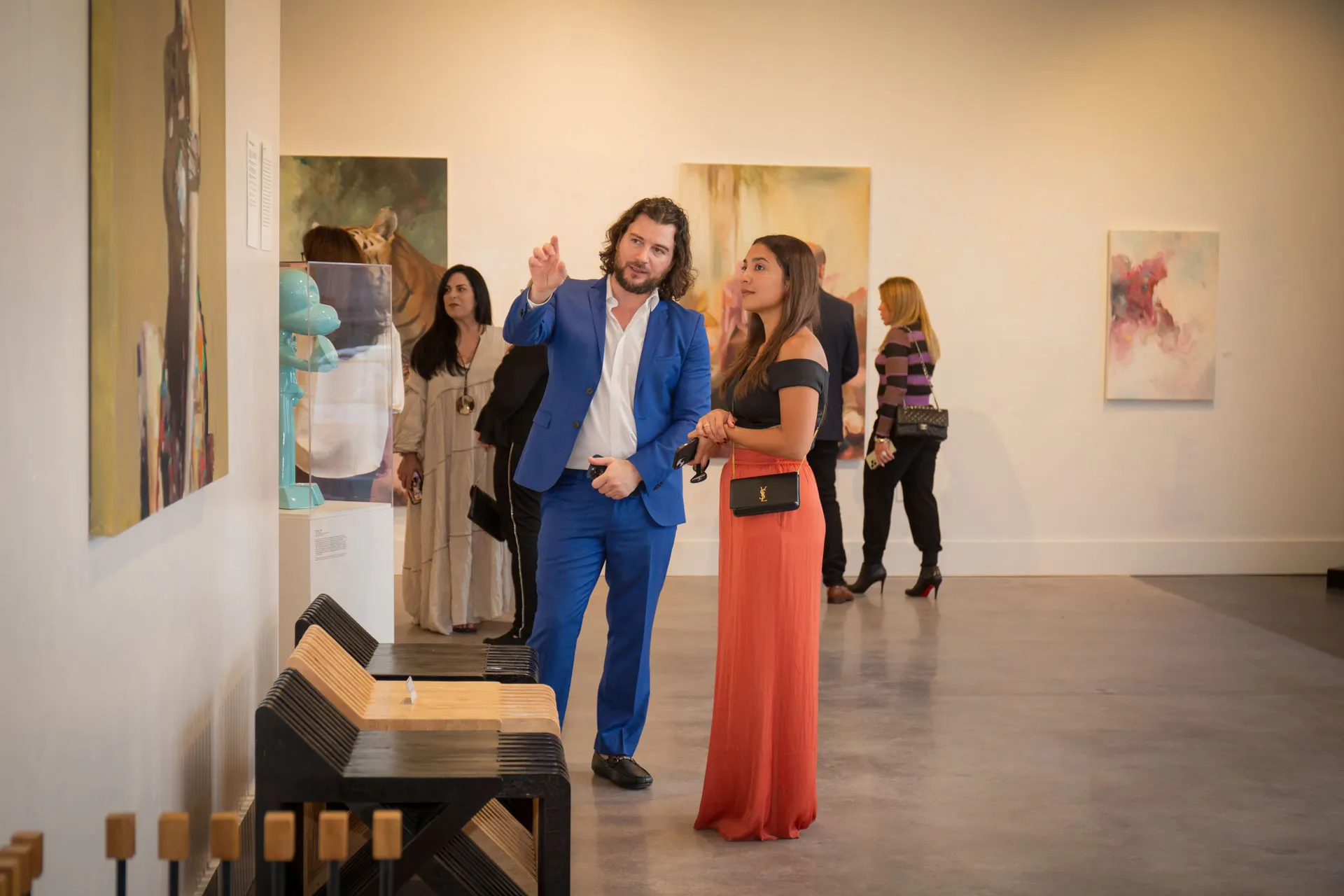
Artist Statement on ‘Mona Lisa’s Daughter’
Alex Righetto hopes that “Mona Lisa’s Daughter” will serve as a tribute to mothers across the world, stimulating reflection on the life cycle that connects all humans.
“Through this painting, I aim to celebrate the continuity of life, the resilience, and beauty of motherhood. I hope the work inspires people to recognize and appreciate our indissoluble bond with nature and humanity,” concludes the artist.
The story of “Mona Lisa’s Daughter” is not just about a painting; it is a meditation on art as a vehicle for human connection and an exploration of the profound mysteries of life and death.
Visiting the Gift Shop: Selecting a Souvenir
Visiting the Gift Shop: Selecting a Souvenir.

Mona Lisa’s Daughter Tough Case for iPhone®
$39.00Select options This product has multiple variants. The options may be chosen on the product page


